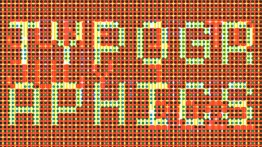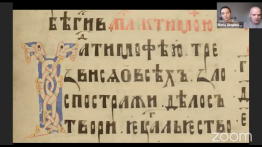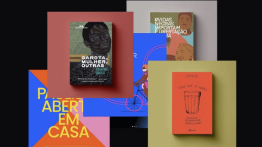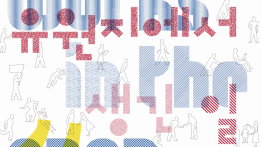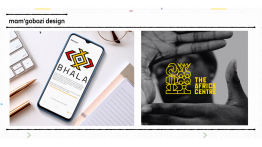Typographics Goes Global in 2021
POSTED ON: August 9, 2021
Typographics, The Cooper Union's annual festival of typography and type design, has had speakers from around the world since it started in 2015. But in 2021, international participation grew exponentially thanks in large part to the input of guest curators. Speakers came from 26 countries, and translation was provided for the eight speakers who chose to give their talks in their native tongue. “We translated into English from Russian, Arabic, Spanish, Indonesian, Korean, and Japanese,” noted Alexander Tochilovsky A’00, curator of the Herb Lubalin Study Center of Design and Typography and associate professor in the School of Art.
“We wanted to bring more of the world together around typography, and to include even more presenters from all regions of the globe and from nearly every time zone,” said Cara Di Edwardo A’85, director of Cooper’s typography programs and adjunct professor of art. She and Tochilovsky are organizers of the annual festival.
In past years, the conference has usually featured individual or paired speakers. But in 2021, 11 guest curators organized the 10 sessions on a particular subject. On Day One, for starters, César Puertas, typeface designer, hosted an informative session on the latest in Latin American design, including a talk delivered by designer and typographer Juan Casco who reported on ways that typography could be used to protect indigenous groups. He spoke from his home in Puyo, Ecuador, home to seven different indigenous nations.
Other talks covered equally compelling topics including the ways that African textiles function as a writing system; the importance of archiving letterforms for type designers working in Arabic; an alternative approach to combining Latin and Korean typefaces; and, among many others, a talk called "The Secret Life of Cyrillic," which analyzed that alphabet for clues about the society that produced it.
The other key aspect of the conference, TypeLab, was also expanded with 148 presenters from 24 countries. Broadcasts occurred via online streams from Bangalore, India, Delft, Netherlands, and Guadalajara, Mexico. The diversity of topics was dizzying: programming pixel fonts, Thai typewriters, history of San Francisco street signs, in addition to design critiques and studio tours.
“The conference had many powerful and moving moments—like the editorial work done by the Iranian-born designers, as well as the courageous political initiative in [a] magazine by a collaborative of Indian designers,” said Tochilovsky, citing other examples like efforts to decolonize African language systems and supporting the preservation and use of the Kichwa language .“Many more amazing moments came up during the event that highlighted the diverse cultures and attitudes to language and typography,” he said.

